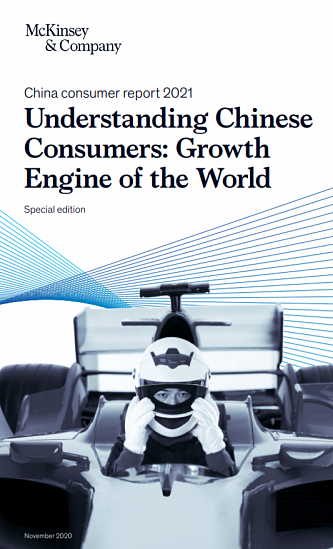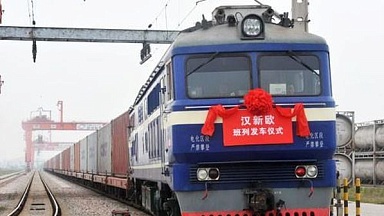The outbreak of the COVID-19 pandemic changed life as we knew it literally overnight. Measures to contain the spread of the novel coronavirus drastically altered the way consumers behaved and how companies ran their operations. Everyone from frontline staff to executives were impacted by a temporary ban on travel, the move to remote working, and the impossibility of entertainment or excursions outside home. Even though China’s recovery is now gaining momentum, all of us are grappling with a new environment in which digital tools and innovation have proved indispensable.
This special edition of the China Consumer Report, «Understanding Chinese Consumers: Growth Engine of the World,» provides perspectives on the trends that are defining the ‘next normal’ in post-pandemic China. The articles within aim to provide consumer and retail companies with the insights necessary to thrive in this challenging environment.
A section «Revving the engine» together latest consumer insights, that puts China’s experience in a global context, showing how the pandemic has accelerated several pre-existent trends, notably digitization and the increasing prudence and health consciousness of Chinese consumers.
The remarkable resilience of those consumers continues to impress and expect a more rapid return to normal versus their counterparts in other markets. This sense of confidence helped China’s retail sales return to growth in August, indicating the potential for Chinese consumers to drive not just a domestic economic recovery, but potentially a global one as well.
COVID-19 has changed the ways consumers behave across multiple aspects—from shopping for groceries to traveling to purchasing luxury goods. For example, ‘Winning the future of grocery retail in China’ forecasts robust growth for the China market but cautions that key players must make significant strategic shifts in order to keep pace with the breakneck speed of digital innovation.
Authors provide guidance on how the right business-to-business strategies can capture growth from digitization and explain how direct-to-consumer social commerce models can grow online traffic and acquire new users at optimized cost.
This special edition of the China Consumer Report, «Understanding Chinese Consumers: Growth Engine of the World,» provides reveal the key to engaging with China’s Generation Z, the cohort of digital native consumers driving the next wave of consumption growth.
«What is the next China?» This compendium makes one thing clear: There is no «next China.» China’s economy is unique and is set to retain its pre-eminent role as the engine of global consumption growth post-pandemic. Companies will require a focused strategy if they wish to continue playing a part in what many would argue is the world’s most exciting consumer story.



